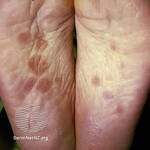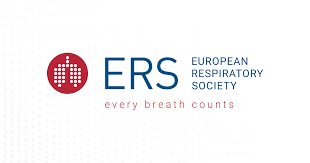Author Interviews, Immunotherapy, JAMA, Melanoma / 03.11.2022
Melanoma: Escalated Immunosuppression For Toxicity From Checkpoint Inhibitors May Impair Survival
MedicalResearch.com Interview with:
Olivier van Not
Scientific Bureau, Dutch Institute for Clinical Auditing
Leiden, the Netherlands
Department of Medical Oncology
University Medical Centre Utrecht
Utrecht, the Netherlands
MedicalResearch.com: What is the background for this study?
Response: The introduction of immune checkpoint inhibitors (ICIs) has significantly improved the survival of advanced melanoma patients. Treatment with these ICIs can lead to immune-related adverse events, also known as toxicity. This toxicity is graded from 1 (mild) to 5 (fatal) and examples of these toxicities are hepatitis and colitis.
Since these toxicities can be life threatening and become chronic, they require treatment with immunosuppressants such as corticosteroids or anti-TNF.
In a previous study of melanoma patients treated with different types of immune checkpoint inhibitors [Verheijden et al, Clin Cancer Research 2020] we found survival to be better for patients experiencing immune-related toxicity, which is in line with many other studies in several cancer types and a recent meta-analysis.
(more…)





























